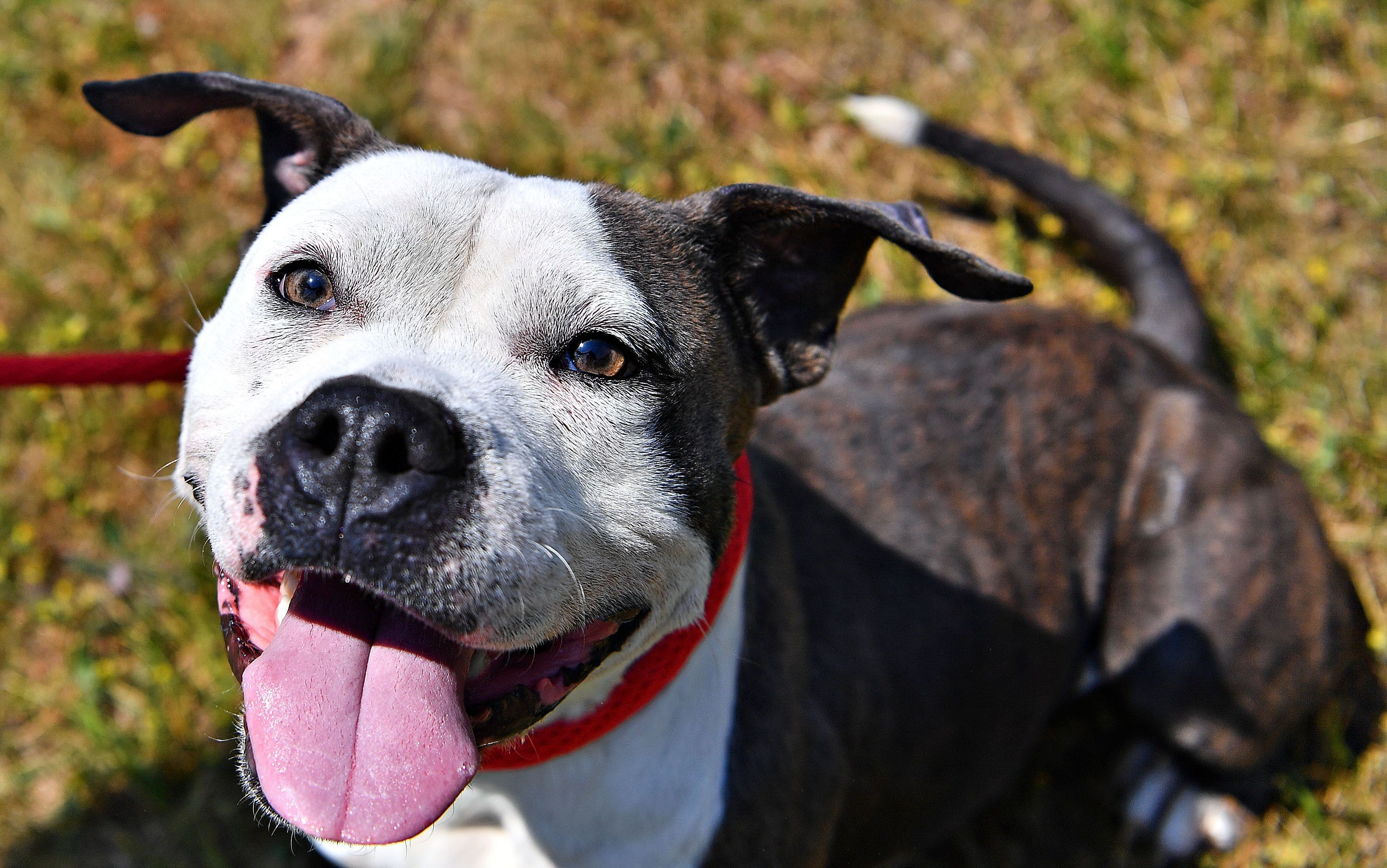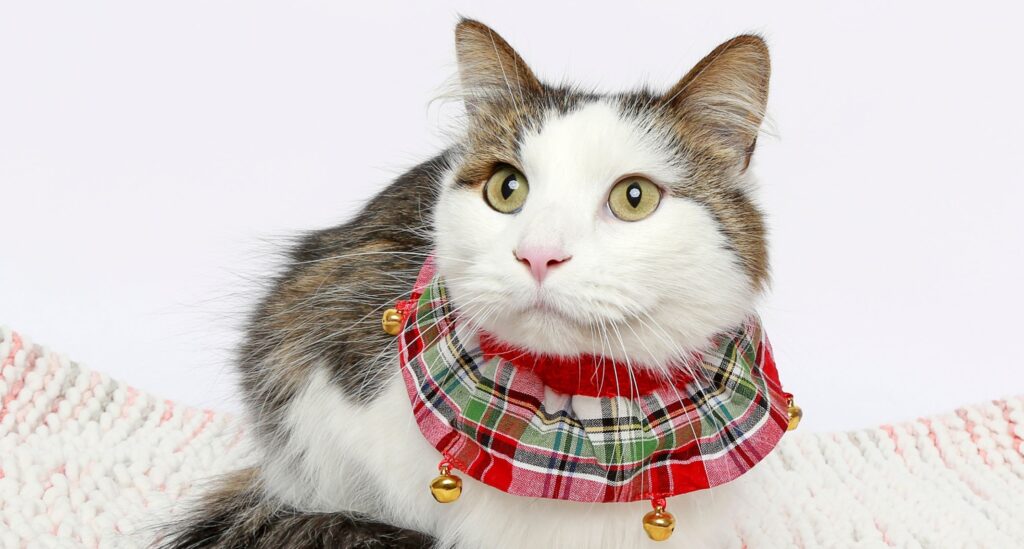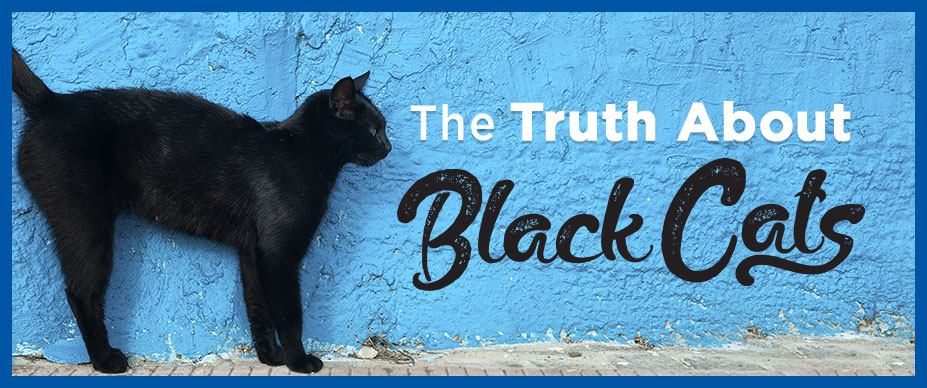Do Dog Leashes Work for Cats? Myth or Reality?
Last Updated on May 18, 2024 by Petpalace54
Using a dog leash for a cat is not recommended as leash training for cats requires unique equipment to prevent choking or slipping out. Leash training a cat has become increasingly popular among pet owners who want to provide their feline friends with outdoor experiences.
However, there are important factors that need to be taken into account when training a cat to walk on a leash. One of which is finding the right equipment that will ensure the safety & comfortability of the cat. While a dog leash may seem like a viable option, it’s not recommended due to the difference in size and body structure between cats and dogs.
In this valuable article, we will explore Do Dog Leashes Work for Cats? Or not? However, we’ll also discuss why using a dog leash for a cat is not suitable & what equipment is best for leash training a cat.
Table of Contents
Leash Training For Cats
Leash training a cat requires specific equipment designed for cats, as it is different from leash training a dog. It is crucial to attach the leash to a cat harness rather than a collar to ensure safety and comfort.
Leash Training for Cats
Leash training cats may seem like an odd concept, but it is possible and can offer several benefits for both the cat and their owner. However, it is important to understand the challenges and risks involved with leash training before attempting it. Here, we will cover Do Dog Leashes Work for Cats, the importance of leash training for cats, the benefits it can provide, & the challenges and risks that come with it.
Importance
Leash training cats allows them to explore the outdoors safely while providing necessary exercise and mental stimulation. Outdoor exploration can help reduce stress and anxiety in cats & provide an outlet for their natural predatory instincts. It can also strengthen the bond between the owner and their cat. However, leash training is not for every cat and should only be attempted with patience and consistency.
Benefits Of Leash Training
Walking cats on a leash offers numerous benefits, such as giving them access to the outdoors while keeping them safe. Leash training can also help cats develop confidence and trust with their owner, and it can provide essential exercise. Additionally, it creates new opportunities for cats to explore their surroundings & satisfy their curiosity.
Challenges And Risks
While leash training cats can be beneficial, it also comes with risks and challenges. Not all cats are comfortable with a harness and leash, and they may require a slow & steady approach to the training process. Cats can also be easily startled and spooked, potentially leading to escape or injury, so a secure harness and leash are essential. Owners must also be aware of their surroundings, avoid crowded or noisy areas, and watch for potential hazards such as dogs or cars.
In conclusion, leash training cats can be a rewarding experience for both the owner and the cat, but it requires care and patience. It is important to research and understand the specific needs of your cat, provide appropriate equipment, and be mindful of the risks involved. With time, effort, and positive reinforcement, leash training can become a fun and beneficial activity for cats.

Credit: ycspca.org
Dog Leashes Vs. Cat Leashes
When it comes to walking cats on a leash, it’s important to use equipment specifically designed for them. Dog leashes are not suitable for cats, as leash training for cats is different & requires a harness that provides comfort and security.
Avoid the risk of them escaping or getting entangled by using proper cat equipment.
Dog Leashes vs. Cat Leashes
When it comes to walking your furry friends, the right equipment can make all the difference. While dog leashes may seem like they could be used for cats, some key differences between dog and cat leashes must be considered.
Differences
Cat leashes aren’t just small versions of dog leashes. They are designed specifically for felines and their unique needs. Cat leashes are generally longer, lighter, and more flexible compared to dog leashes. This is because cats have different mobility and movement patterns compared to dogs. Additionally, cat leashes are typically made from softer materials that reduce the risk of tangles and discomfort.
Why cats need specific leashes
A cat’s anatomy is different from a dog’s. Cats are generally smaller & more agile, with a leaner body shape and thinner necks. As such, using a dog leash on a cat can cause harm and discomfort. Dog leashes are generally heavier and bulkier, which can make things difficult for cats when they try to move around. Furthermore, dog collars are not appropriate for cat use as cats can easily slip out of them, which can be dangerous.
Dangers of using dog leashes
Using a dog leash on a cat can prove to be hazardous. The leash’s weight and size can make it difficult for a cat to move about, leading to joint problems & other health issues. The added pressure on the cat’s neck can also cause extreme discomfort, making the cat feel unsafe and agitated. Apart from that, the leash can easily get tangled or caught up in objects, putting the cat at risk of strangulation or other injuries.
Ultimately, to ensure the safety of your feline, it is best to invest in a cat leash that is designed for comfort, mobility, and security. A cat-specific leash will ensure that your cat’s movement is not restricted, and they can explore without being affected by the weight or design of a dog leash.
In conclusion, it is essential to select the right leash when it comes to walking your feline friend. Cat leashes are specially designed to cater to a cat’s unique needs, while dog leashes are created to satisfy those of a dog. So, it’s always better to opt for a cat leash when walking your furry friend.
Choosing The Right Leash & Harness
When it comes to cat leash training, it is important to choose the right equipment. While dog leashes may be tempting, they are not suitable for cats as they require different equipment. It is essential to invest in a cat-specific harness that allows your feline friend to rotate their body freely & walk safely on a leash.
Choosing the Right Leash and Harness
Leash training a cat may seem like a crazy idea, but truth be told, if done correctly, it can be a great way to enrich your cat’s life as well as yours. Before jumping into this new adventure with your feline friend, it’s important to choose the right leash and harness. In this section, we’ll take a closer look at some factors to consider before making a purchase and recommend some popular brands that make great cat products.
Importance Of Proper Fit
Getting the right size and fit for a cat’s leash and harness is crucial. A poorly fitting harness can make your cat uncomfortable or prone to slipping out, causing harm or escape. A comfortable fit ensures that your cat is secure, making it easier to train and handle them. When measuring your cat, ensure that you measure the neck and chest, & purchase an adjustable harness, so it can be tightened or loosened as needed.
Features To Consider
Not all cat harnesses are created equal. Features to consider include padded straps, reflective material to ensure visibility during low light conditions, & secure latch systems to prevent your cat from escaping. Furthermore, choose a flexible leash made of a lightweight material like nylon. A flexible leash is recommended for cats as it reduces the likelihood of injuries if your cat decides to bolt suddenly.
Recommended Brands
When it comes to choosing the right leash and harness for your cat, it can be overwhelming given the number of options available. Here are some popular cat harness brands that are worth considering:
- Augopapa Tactical Cat Harness – A sturdy harness made of durable, breathable fabric that offers a secure fit.
- Rabbitgoo Cat Harness and Leash – This set is perfect for cats who want to walk in style with a range of vibrant colors, durable material, & a no-pull design.
- Frisco Wrap Cat Harness – This harness is perfect for cats who feel more comfortable in a no-fuss wrap style harness.
- The True Adventurer Reflective Cat Harness – A great harness for outdoor enthusiasts who want their cats to have the best safety & visibility during walks.
In conclusion, remember to choose the right leash and harness for your cat. Getting a well-fitting, comfortable harness, and secure, flexible leash is key to ensuring your cat enjoys this new adventure. Don’t forget to always supervise your cats and ensure that they are safe and secure during the training process.

Credit: www.utahhumane.org
Training Your Cat To Walk On A Leash
Leash training a cat is different from a dog, so using a dog leash for cats is not recommended. It’s important to choose a harness that fits your cat properly and is designed specifically for felines to ensure their comfort & safety while on a walk.
Training Your Cat to Walk on a Leash
If you’ve ever seen a cat outside, chances are it was wandering around without a leash. However, leash training is becoming more popular and is a great way to keep your cat safe while they explore the great outdoors. In this section, we’ll go over some pre-training considerations, introduce the leash and harness, teach basic commands, and address some common concerns when it comes to training your cat to walk on a leash.
Pre-training Considerations
Before you begin training your cat to walk on a leash, there are a few things to keep in mind.
- Make sure your cat is comfortable wearing a harness. You can get them used to it by letting them wear it around the house for a short time each day.
- Consider your cat’s personality. If they are easily spooked or don’t like being outside, leash training may not be for them.
- Choose a time to train your cat when they are not too tired or hungry. A calm, relaxed cat will be more receptive to training.
Introducing The Leash & Harness
Once your cat is comfortable wearing a harness, it’s time to introduce the leash. Here’s how:
- Attach the leash to the harness and let your cat drag it around the house, under supervision, for a few days. This will help them get used to the weight and feel of the leash.
- Next, pick up the leash & follow your cat around the house with it. Reward them with a treat every time they take a step in the right direction.
- If your cat seems uncomfortable or scared, take a step back and spend more time practicing with the leash indoors before trying it outside.
Teaching Basic Commands
After your cat is comfortable with the harness and leash, it’s time to start teaching them some basic commands. Here are a few to start with:
- “Come” – Use a treat to lure your cat towards you while saying “come.” Reward them with a treat when they reach you.
- “Stop” – When your cat starts walking too quickly or in the wrong direction, say “stop” and gently tug on the leash. Reward them when they stop moving.
- “Stay” – Hold your hand out and say “Stay.” Reward your cat when they stay in place for a few seconds.
Remember to be patient and consistent with your training. Every cat is different, so it may take some time for you to get comfortable with the leash and harness. With time and patience, however, you may find that your cat enjoys going for walks just as much as dogs do.
Common Challenges Faced In Leash Training
Leash training a cat is different from leash training a dog and requires specific equipment. Using dog leashes for cats is not recommended as they can easily escape or become entangled. It is crucial to use a cat harness rather than a collar for their safety and comfort.
Common Challenges Faced in Leash Training
Training your cat to walk on a leash requires patience, dedication, and an understanding of some common challenges that may arise during the process. These challenges include resistance to leash training, managing distractions, and addressing problem behaviors. In this section, we will delve deeper into each of these challenges and explore some effective ways to overcome them.
Resistance to Leash Training
Some cats can be resistant to leash training and may feel uncomfortable wearing a harness or being restricted by the leash. If your cat resists leash training, try these tips:
- Introduce the harness and leash gradually, starting with short periods of time and gradually increasing the duration as your cat becomes more comfortable.
- Use treats and positive reinforcement to encourage your cat to associate the harness and leash with positive experiences.
- Try different types of harnesses to find one that your cat is comfortable wearing.
Managing Distractions
Walking your cat on a leash can be a fun and enriching experience, but it can also be challenging when your cat is easily distracted. Here are some tips to manage distractions during leash training:
- Choose a quiet & calm area for your training sessions to minimize distractions.
- Keep training sessions short initially and gradually increase the duration as your cat becomes more focused and less distracted.
- Use treats and positive reinforcement to encourage your cat to stay focused on you and the training.
Addressing Problem Behaviors
Sometimes, cats may exhibit problem behaviors during leash training, such as pulling, biting, or scratching. Here are some ways to address these behaviors:
- Use positive reinforcement to encourage good behaviors and discourage bad behaviors.
- Teach your cat basic obedience commands, such as “sit”, “stay”, and “come”, before starting leash training.
- Be patient and consistent in your training, and don’t give up if your cat exhibits problem behaviors.
In conclusion, leash training your cat can be challenging but rewarding. By understanding common challenges, such as resistance to leash training, managing distractions, and addressing problem behaviors, you can increase your chances of success. Remember to be patient & consistent in your training, and always use positive reinforcement to encourage good behavior and keep your cat motivated.

Credit: www.fourpaws.com
Cats On Dog Leashes: Myth Or Reality?
Dog leashes can be used for cats, but it is crucial to use a harness instead of a collar to prevent choking and slipping. Choose lightweight and comfortable equipment designed specifically for cats to ensure a secure walk.
Cats on Dog Leashes: Myth or Reality?
Leash training a dog may seem very common, but have you ever considered leash training your cat? Have you ever seen someone walking their cat on a leash and wondered whether it is a myth or a reality? In fact, training your cat to walk on a leash can be a great way to provide stimulation and exercise, but it is not without its pros and cons. Let’s explore further the following:
Pros And Cons
Leash training a cat has both advantages and disadvantages. One of the major advantages is that it provides exercise & mental stimulation, which can be beneficial for indoor cats who may not get enough physical activity. However, leash training can be a challenging and time-consuming process, and some cats may never get comfortable with it. Additionally, some cats may find the leash restricting and may not enjoy being outside on the leash.
Opinions Of Experts
Many experts agree that leash training a cat is possible, but it can take time and patience. According to Dr. Jane Brunt, a veterinary consultant for the Cat Hospital at Towson in Baltimore, “Cats can learn to walk on a leash, but they require more coaxing than dogs.” Additionally, it is important to use a harness that is specifically designed for cats rather than a collar, as cats are more likely to escape from a collar and harnesses can be more comfortable.
Alternatives
If your cat is not comfortable with a leash, some alternatives can still provide stimulation and exercise. For example, you can provide a window perch where your cat can watch birds and other outdoor activities. Interactive toys and puzzles can also provide mental stimulation. Another option is to provide a secure outdoor space, such as a catio, where your cat can safely explore & enjoy the outdoors.
In conclusion, is it a myth or a reality? Leash training a cat is possible, but it takes time and patience. It is important to use a harness that is specifically designed for cats and to be aware of the pros & cons. If your cat is not comfortable with a leash, there are alternatives that can still provide exercise and stimulation.
Frequently Asked Questions Of Do Dog Leashes Work For Cats
Can I Use A Dog Leash For My Cat?
No, you should not use a dog leash for your cat. Leash training a cat requires different equipment from leash training a dog. Ensure that you use equipment designed specifically for cats, such as a cat harness, to ensure their safety and comfort during walks.
Can A Cat Walk On A Leash Like A Dog?
Yes, cats can be walked on a leash, but it is important to use a harness rather than a collar. A proper cat harness is more comfortable and secure than a dog harness. It is also crucial to choose the right leash and equipment designed specifically for cats.
What Kind Of Leash Is Best For A Cat?
A cat leash should be lightweight, durable, and comfortable for both the cat and the owner. It should have a secure clasp to attach to their harness. It’s important to use equipment specifically designed for cats as leash training is different from dogs.
A proper cat harness is more comfortable and secure than a dog harness. Avoid using collars for cats.
Do Dog Harnesses Work On Cats?
No, dog harnesses are not suitable for cats as they can easily squirm out of them and they prevent cats from rotating their bodies in case of a fall. It’s important to invest in a harness specifically designed for cats for their comfort and safety.
Conclusion
Hopefully, you have got your answer to “Do Dog Leashes Work for Cats?” “Myth or Reality?” Generally, using a dog leash for cats is not a good idea. Leash training requires specific equipment made for cats, such as a harness, to ensure their safety and comfort. It’s important to remember that cats have different behavior and training needs compared to dogs.
With patience and proper training, you can successfully teach your cat to walk on a leash and enjoy outdoor adventures together. Hence, choose the right leash for your furry friend & start enjoying outdoor activities with your feline companion.





